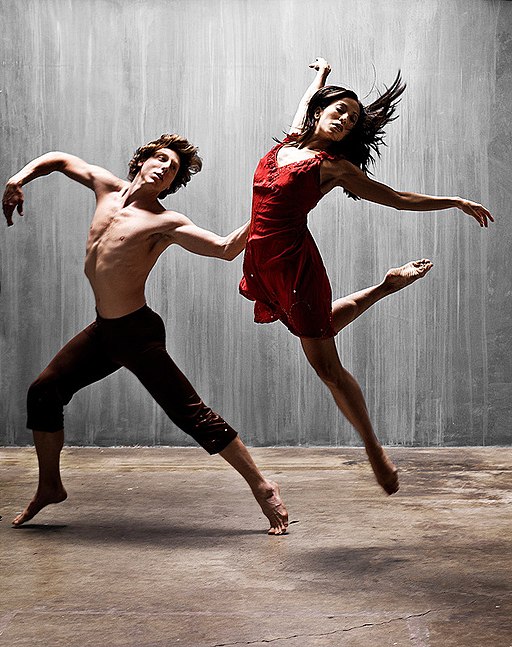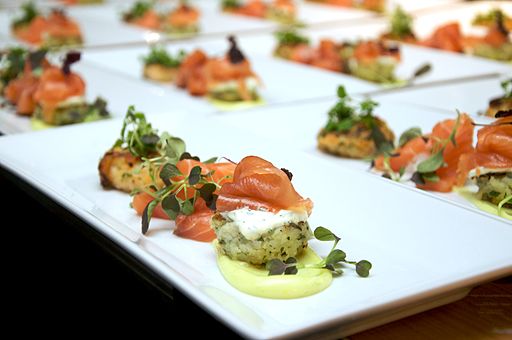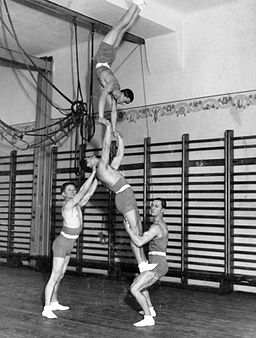Coordination and "No Pain No Gain"
(updated March 27, 2019)
Most of us became aware of the "no pain no gain" mantra by experiencing the burn, amarite? But the mantra has become somewhat of a dumbed-down trainer because it doesn't apply to every type of training as was thought. We now know there’s more to strength than working out the burn. Cross-training is the building block that rounds out an athlete's program. Because cross-training diversifies movement patterns to keep the body strong, it demands a change up from the usual. But sometimes, cross-trainers still drive into the familiar paradigm that falls back into the easier "no pain no gain" formula, with a wider variation of injuries, more wear and tear.
Now enters the more difficult concept to grasp,
mind-body training, found in Pilates, Gyrotonic, Yoga and Dance, to name a few.
Mind-body training is a bit of a turn around from the grunt
fest heard in gyms. Not that
there’s anything wrong with it. That's just louder training. Yet at the same time may suggest an overuse of the valsalva mauever which is a bad sign for heart health.
Not all “no pain no gain” workouts require grunting. Even mind-body
training realizes “no pain no gain” strength as it relates to the goal or goals, what the student or client
is training for, say a mini-shirt or a triathlon, or both.
Mind-body training is not really new but its package of Pilates, and now Gyrotonic, has caught on in fitness and sports--dancers were way ahead on this track. More than a conditioning gateway though, it has entered mainstream Rehab. The extent of its presence is where many of the “no pain no gain” ideologues and deniers of "no pain no gain" find themselves in
front of a mind body teach at the behest of their battered and betrayed
orthopedic surfaces. Otherwise, referred by their very clued in doctor.

Mind-body requires thought and attention. The art of listening, awareness, learning to translate your own feedback responses during movement, or exercise, or even in stillness. It requires learning from your mistakes and correcting them, with the help of knowledge, and relating that knowledge with each fresh practice. It requires noticing if the message you sent from your mind has made it to your body. In other words, it’s the taboo word, COORDINATION. Yes, mind-body training requires coordination.
So, most people are totally freaked out by the idea of coordination, saying things like “I’m not coordinated, never have been.” Not always but usually, inferring “and I never will be”. Some jerk in the past labeled you as uncoordinated. If you leave the barb in your brain, it blocks your ability to move, in the end you hold yourself back. The ability to learn is crucial. Each individual, student or teacher, benefits from learning something new especially from a positive teacher. Keep in mind the idea that it is only within you, yourself that the ability to coordinate is experienced.
Truth is we coordinate all of the time. No one takes note, or gets credit unless
someone is doing twenty back flips in the air at one leap and can land on a
dime. Even then if that gymnast breaks the momentous landing with a centimeter
hop, well the Olympic panel delights in a barrage of both criticism and pity for the
loser.
We cannot fly without wings. We can however play with gravity in the most unique ways, fun ways, as simple as balancing on one leg, as complex as a football player, as lyrical as a dancer, or as stunning as a martial artist in a wheelchair.

So without going into motor learning, suffice it to say, for the teacher and the student, remember, three cues max are just about all the mind body can handle at once. In the beginning though make it less than three, keep it fun and attainable, without cue overload or overlord. Even the most genius learner needs to make mistakes. All in all, it only takes a little time to understand the physical problem of motion that requires commensurate solution.
A good teacher will certainly understand to limit the use of the word coordination until some mastery is attained. It's unimportant to name it and better to experience it.
A good teacher improves by listening to the student, and a student improves by listening to a good teacher.
It’s an amazing time to be alive.








